How CBD Oil is Made: From Hemp Farm to Bottle
Understanding the Hemp Plant
The journey of CBD oil starts at the farm where hemp plants are cultivated. Hemp is a variety of the Cannabis sativa plant species, grown specifically for industrial use. Unlike its cousin marijuana, hemp contains very low levels of THC, the psychoactive compound. Farmers select strains of hemp that are rich in CBD, ensuring the best yield for oil production.
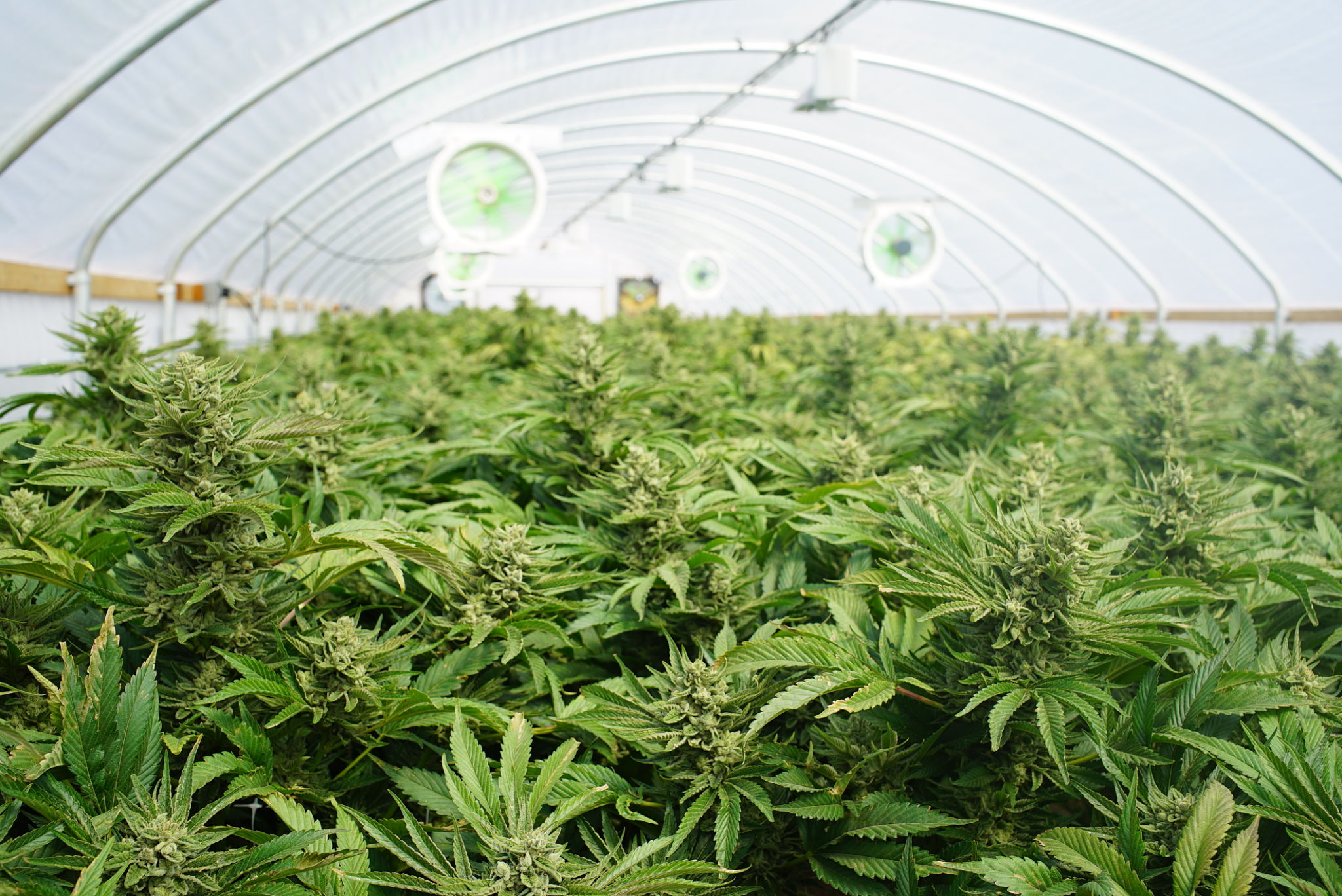
Hemp plants are typically grown in large fields, and they require specific soil conditions and weather to thrive. A crucial step in this process is ensuring that the hemp is grown organically to avoid contamination with pesticides or heavy metals. This guarantees a pure and clean product right from the start.
Harvesting the Hemp
Once the hemp plants have reached maturity, they are harvested. This is usually done when the plants have developed the maximum amount of CBD in their flowers. The timing of the harvest is critical to ensure the highest quality of CBD oil. Farmers cut the plants close to their base, and then they are left to dry in a controlled environment.
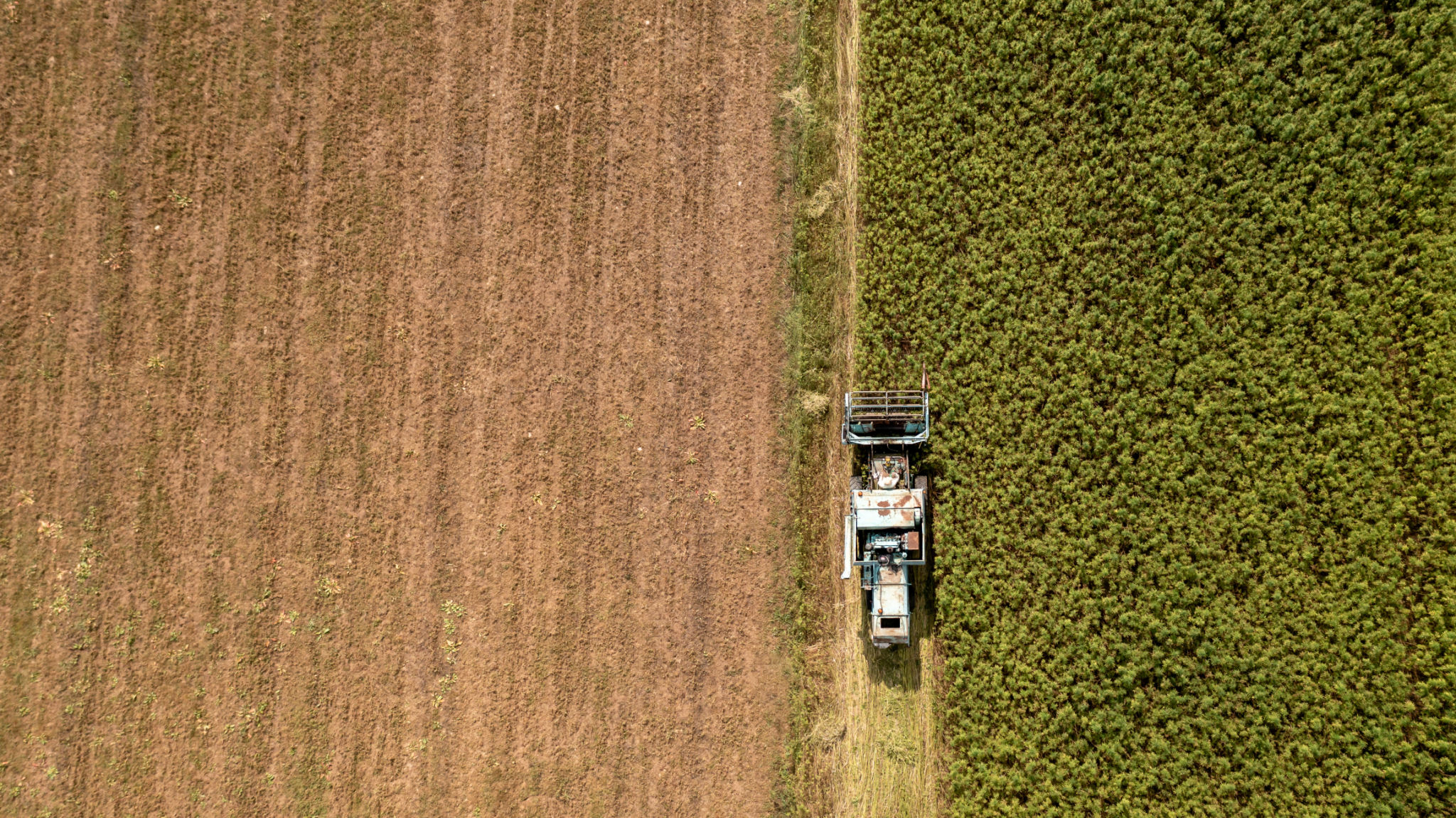
Drying is an essential part of the process as it preserves the cannabinoid profile of the plant. After drying, the hemp flowers are separated from seeds and stalks, preparing them for extraction.
Extraction of CBD Oil
The next step is extracting CBD from the hemp plant. There are several methods available, but the most popular ones are CO2 extraction and ethanol extraction. CO2 extraction is considered one of the cleanest and most efficient methods. It uses supercritical CO2 to pull CBD from the plant material without leaving any harmful residues.
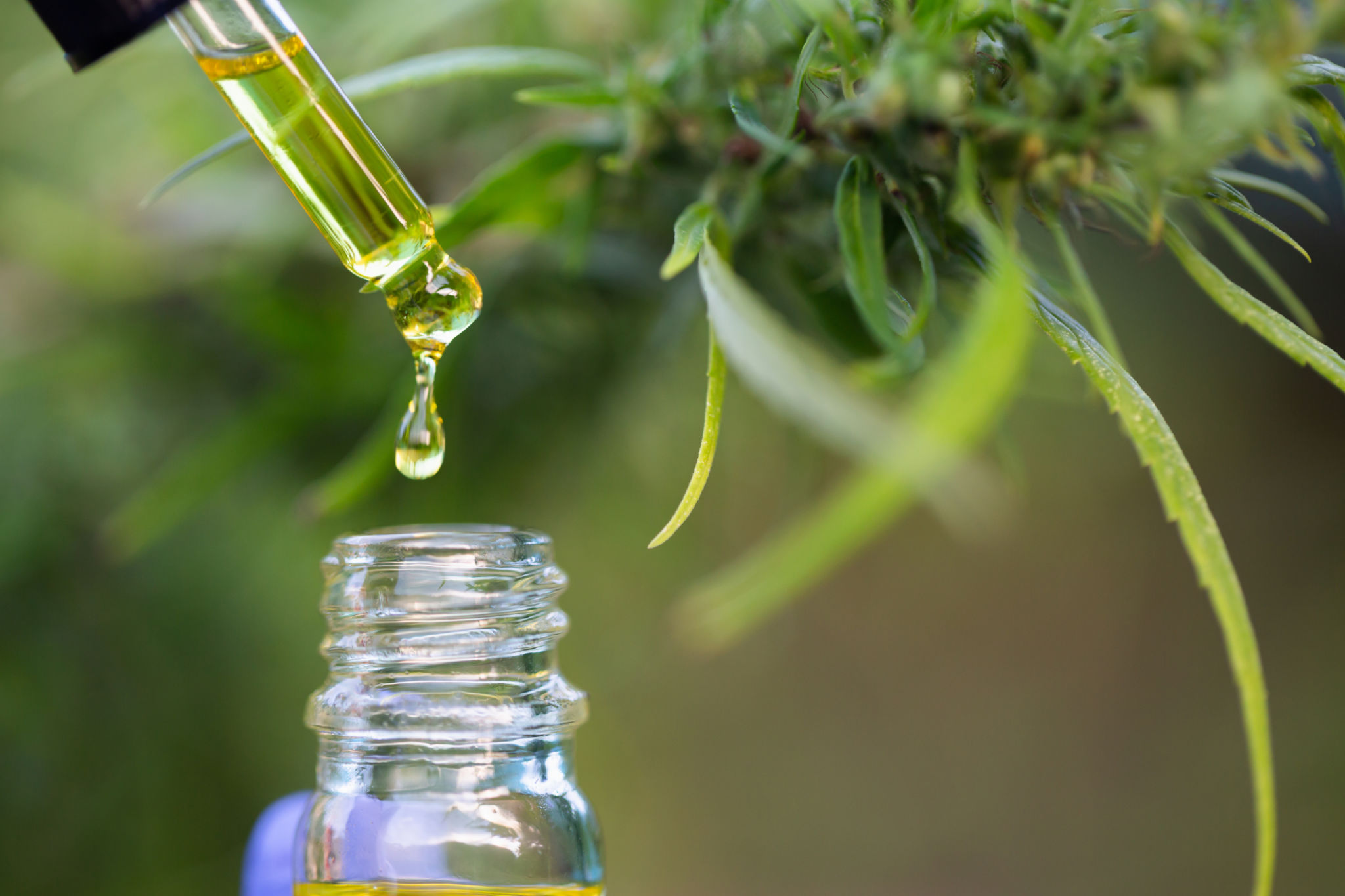
During CO2 extraction, CO2 is pressurized until it becomes a liquid. This liquid then acts as a solvent that extracts CBD and other beneficial compounds from the plant material. The result is a high-purity oil that forms the basis for various CBD products.
Refinement and Testing
After extraction, the crude CBD oil undergoes refinement to remove impurities and unwanted compounds such as chlorophyll and waxes. This refinement process ensures that the oil is pure and ready for consumption. The refined oil is then subjected to rigorous testing by third-party laboratories to verify its potency and purity.
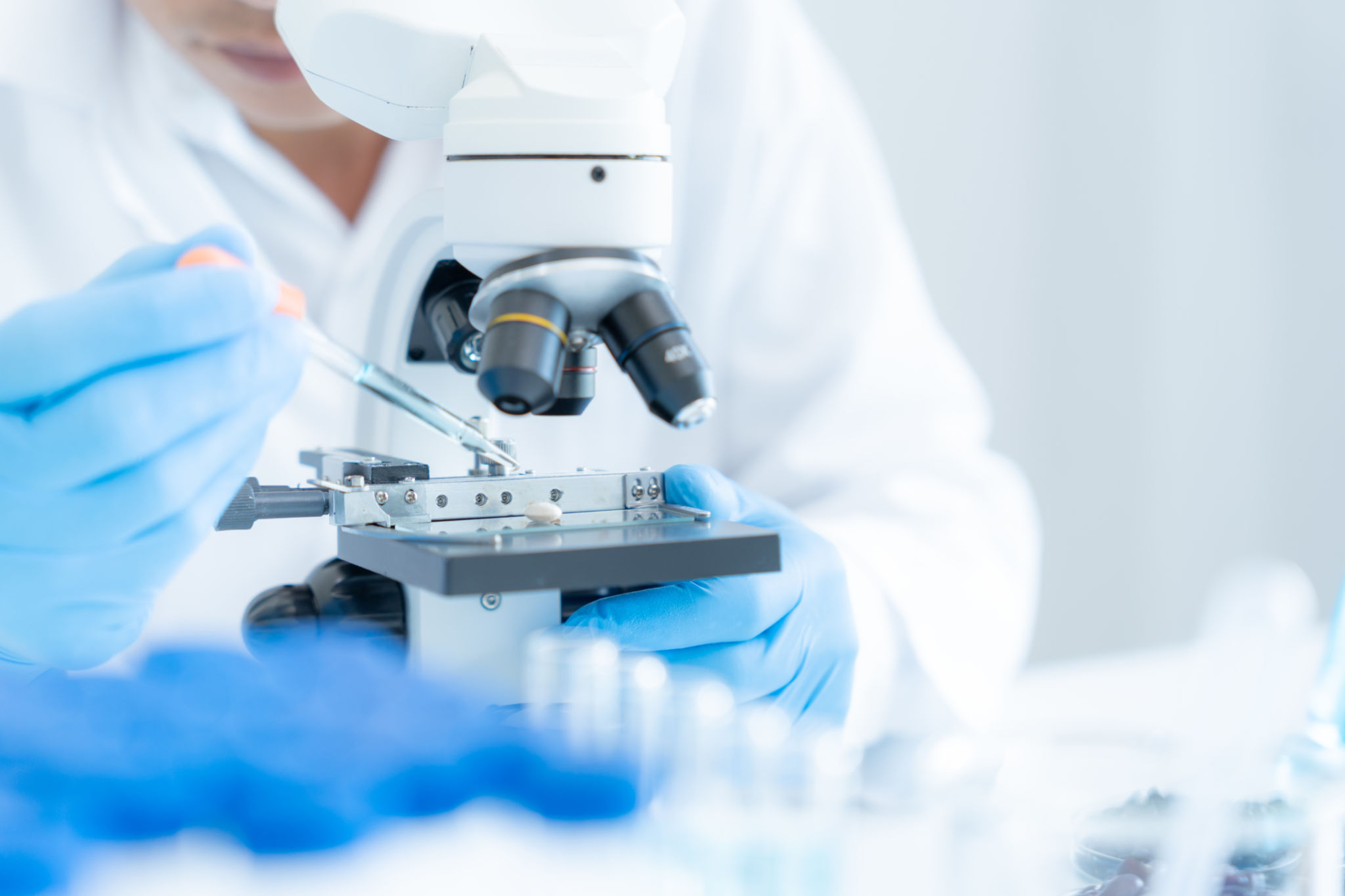
Testing also ensures that the final product is free from contaminants like pesticides, heavy metals, and microbes. By providing transparency through lab reports, manufacturers can assure consumers of the quality and safety of their CBD oil.
Bottling and Distribution
The final step in the journey from hemp farm to bottle is packaging the refined CBD oil. The oil is carefully measured and bottled under sterile conditions to maintain its integrity. The bottles are then labeled with important information such as concentration, ingredients, and usage instructions.
The bottled CBD oil is distributed to retailers or directly to consumers through online platforms. As awareness about the benefits of CBD continues to grow, more people are incorporating it into their wellness routines.
The Importance of Choosing Quality CBD Oil
Consumers should be aware that not all CBD oils are created equal. It's essential to choose products from reputable sources that follow strict farming, extraction, and testing standards. High-quality CBD oil not only provides better results but also ensures safety and reliability for its users.
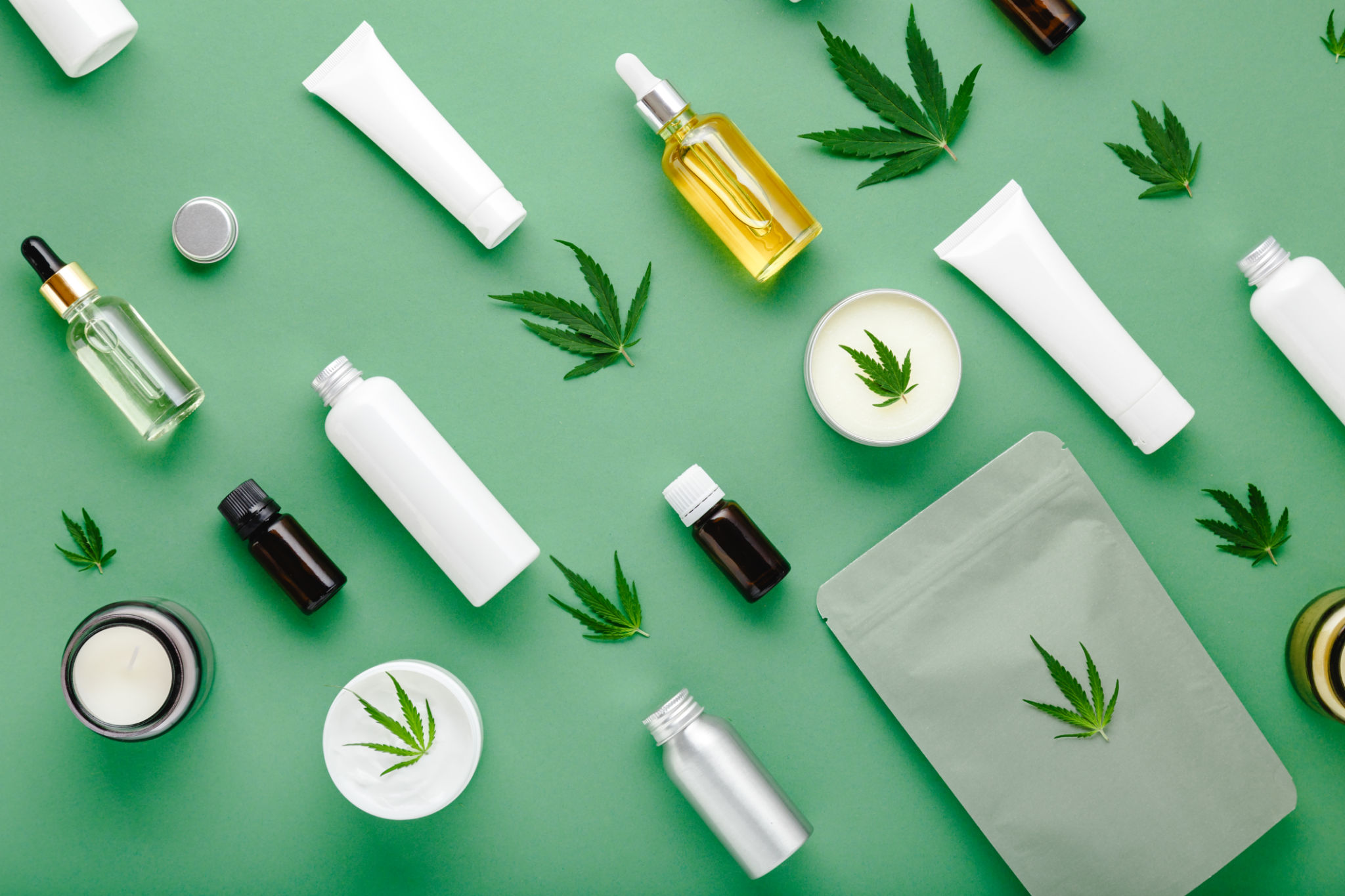
By understanding how CBD oil is made, consumers can make informed decisions and select products that align with their health goals and values.